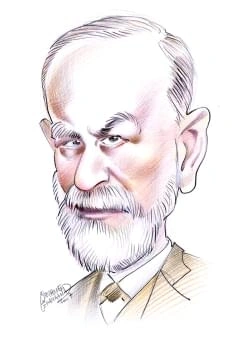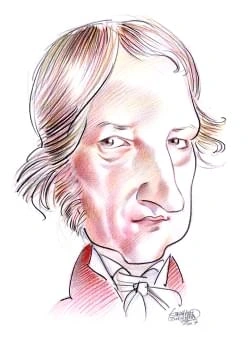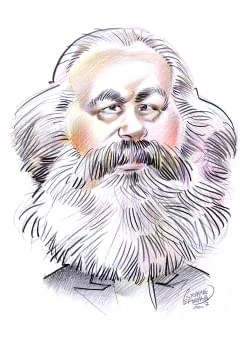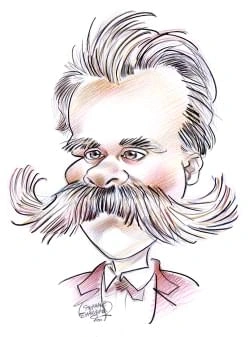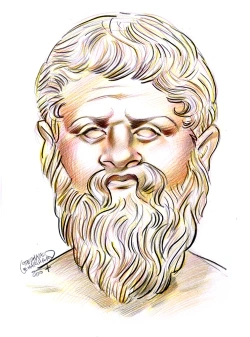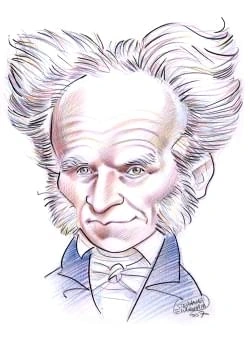67 résultats pour "tibet"
-
Himalaya - geografía.
Lago Yamzho Yumco, HimalayaLas intensas aguas azules de este hermoso lago, en el sureste del Tíbet, se extienden entre las montañas, a lo largo de las nevadascolinas de piedemonte del Himalaya, ocupando uno de los profundos valles glaciares del país. Es, junto a otros, como el Nam Co, elSiling Co y el Mapam, uno de los grandes lagos de la meseta del Tíbet.Panorama/age fotostock Son varios los ríos asiáticos que drenan el Himalaya. Entre ellos, además de muchos afluentes importantes, se encuentra...
-
À la conquête du toit du monde, l'Annapurna et l'Everest
Maurice Herzog (à gauche) et Louis Lachenal, lors de leur expédition à l' Annapurna en 1950. Herzog sera le premier alpiniste à conquérir un sommet de plus de 8 000 m. À la conquête du toit du monde, l' Annap urna et l'Ever est To us les alpin istes rêvaie nt de gravir l'Everest, le sommet le plus haut du monde, situé dans l'Himalaya. Le 3 juin 1950, les França is Herzog, Lachenal et Terray vaincr ont l' Annapurna, premier 8 000, avant que,...
-
bouddhiques, monuments - architecture.
centrale, mêlées en un style homogène d’une grande beauté. Des nombreux stupas et monastères du Gandhara — comme ceux de Taxila, de Peshawar et de Hadda — au décor sculpté, stuqué ou modelé et peint, il ne subsiste aujourd’hui que des ruines. Du Ier au IVe siècle, le dôme hémisphérique du stupa s’allonge ; les soubassements carrés, le tambour et les parasols se multiplient, puis les tambours et le dôme s’unifient en une tour cylindrique. Essentiellement de plan indien, le monastère présente c...
-
Asien - geographie.
2.4 Klima Aufgrund seiner großen Ausdehnung und der starken Gliederung des Geländes hat Asien Anteil an mehreren Klimazonen. Die riesige Landmasse bedingt in weiten Teilen desKontinents ein ausgeprägtes Kontinentalklima mit starken Temperaturgegensätzen im Jahresverlauf. Die heißen Sommer und kalten Winter werden von häufig nur kurzeZeit andauernden Übergangsjahreszeiten getrennt. Extrem sind auch die räumlichen Temperaturgegensätze. Der nordöstliche Teil Sibiriens ist das kälteste Gebiet. Hier...
-
India - country.
delta in the north, are intensely farmed. B Rivers and Lakes The rivers of India can be divided into three groups: the great Himalayan rivers of the north, the westward-flowing rivers of central India, and the eastward-flowingrivers of the Deccan Plateau and the rest of peninsular India. Only small portions of India’s rivers are navigable because of silting and the wide seasonal variation inwater flow (due to the monsoon climate). Water transport is thus of little importance in India. Barrages,...
- sino-indienne, guerre
- Lhassa.
-
Bután - geografía.
5 GOBIERNO Bután es una monarquía constitucional. En 2007, en el que constituyó un paso decisivo hacia la democracia, el país preparó su primera Constitución formal, que preveía unrégimen de democracia parlamentaria basada en un modelo bipartidista. El Parlamento consta de dos cámaras: la alta, el Consejo Nacional (de cuyos 25 miembros, 20 sonelegidos y 5 designados por el rey); y la baja, la Asamblea Nacional (formada por 47 miembros electos por sufragio universal). En marzo de 2008, el Partid...
-
-
Mongols.
Asie - Histoire - Foyers de civilisation du Nord Bouriatie Chine - Arts - Beaux-arts - Du Xe siècle à la fin de l'Empire Chine - Histoire - Le temps des invasions Corée - Histoire - L'époque Koryo Genghis Khan (Temüjin, dit) Horde d'Or Houlagou Inde - Histoire - Le sultanat de Delhi (1192-1526) Indonésie - Histoire - Les premiers royaumes Irak - Histoire - L'islam et les califes Iran - Histoire - La Perse islamique Kalmouks Kiev Ming mongol Mongolie Moscou - L'ascension d'une ca...
-
Chine.
la partie nord du plateau de l’Ordos, ils sont recouverts d’un fin limon d’origine éolienne, le lœss. Peu compact, le lœss, épais de 200 m, est très sensible à l’érosion(ravinement), la surface des plateaux étant incisée par de nombreux ravins aux parois verticales. Débordant sur le Xinjiang, la Mongolie-Intérieure et le Gansu, le désert de Gobi est un désert de sable et de pierres de type continental. Il s’étend sur le plateau Mongol,situé entre 800 et 1 200 m d’altitude. La végétation devient...
- Mustang, royaume de.
- Chine
- Asie
-
China - geographie.
sind nährstoffreich und werden landwirtschaftlich genutzt. Das breite Flussdelta des Xi Jiang wird auch Kantondelta genannt. 2.1. 6 Die Tibetische Hochebene Im abgelegenen äußersten Südwesten Chinas liegt die Tibetische Hochebene. Das zerklüftete Bergland gehört zu den höchstgelegenen Plateauregionen der Welt. Diedurchschnittliche Höhe beträgt 4 510 Meter. Die Hochebene wird von Hochgebirgen begrenzt; dies sind im Süden Himalaya, im Westen Pamir und Karakorum und im NordenKunlun Shan und Qilian...
-
Bhutan - country.
languages ( see Indo-Iranian Languages) and follow Hinduism. Nepalese people constitute a significant portion of Bhutan’s population. They are the most recent settlers, occupying south central and southwestern Bhutan. TheNepalese are mainly Rai, Gurung, and Limbu ethnic groups from the eastern mountains of Nepal. Nepalese immigration has been banned since 1959, when theBhutanese government feared the minority would become too populous. Nepalese are not permitted to live in the central Middle Hi...
-
China - country.
North China lies between the Mongolian Steppe on the north and the Yangtze River Basin on the south. It stretches west from the Bo Hai gulf and the Yellow Sea to theeastern edge of the Tibetan Plateau. Administratively, North China includes Beijing and Tianjin municipalities; Shandong and Shanxi provinces; most of Hebei, Henan,and Shaanxi provinces; and portions of Ningxia Hui Autonomous Region and of Jiangsu, Anhui, and Gansu provinces. Humans have lived in the agriculturally rich region of Nor...
-
Qing Dynasty - History.
The Manchus also dealt with the problem of Russian expansion into northeastern Asia. In 1689 the Treaty of Nerchinsk was signed by an envoy from the Manchu courtand a Russian representing Peter the Great. The treaty, the first between China and a Western country, established territorial boundaries and defined rules ofcommerce for the two powers. Through the mid-18th century, the Manchus continued to consolidate their power. In 1720 the Qing ruler sent forces to fight the Mongols in Tibet and the...
}})
